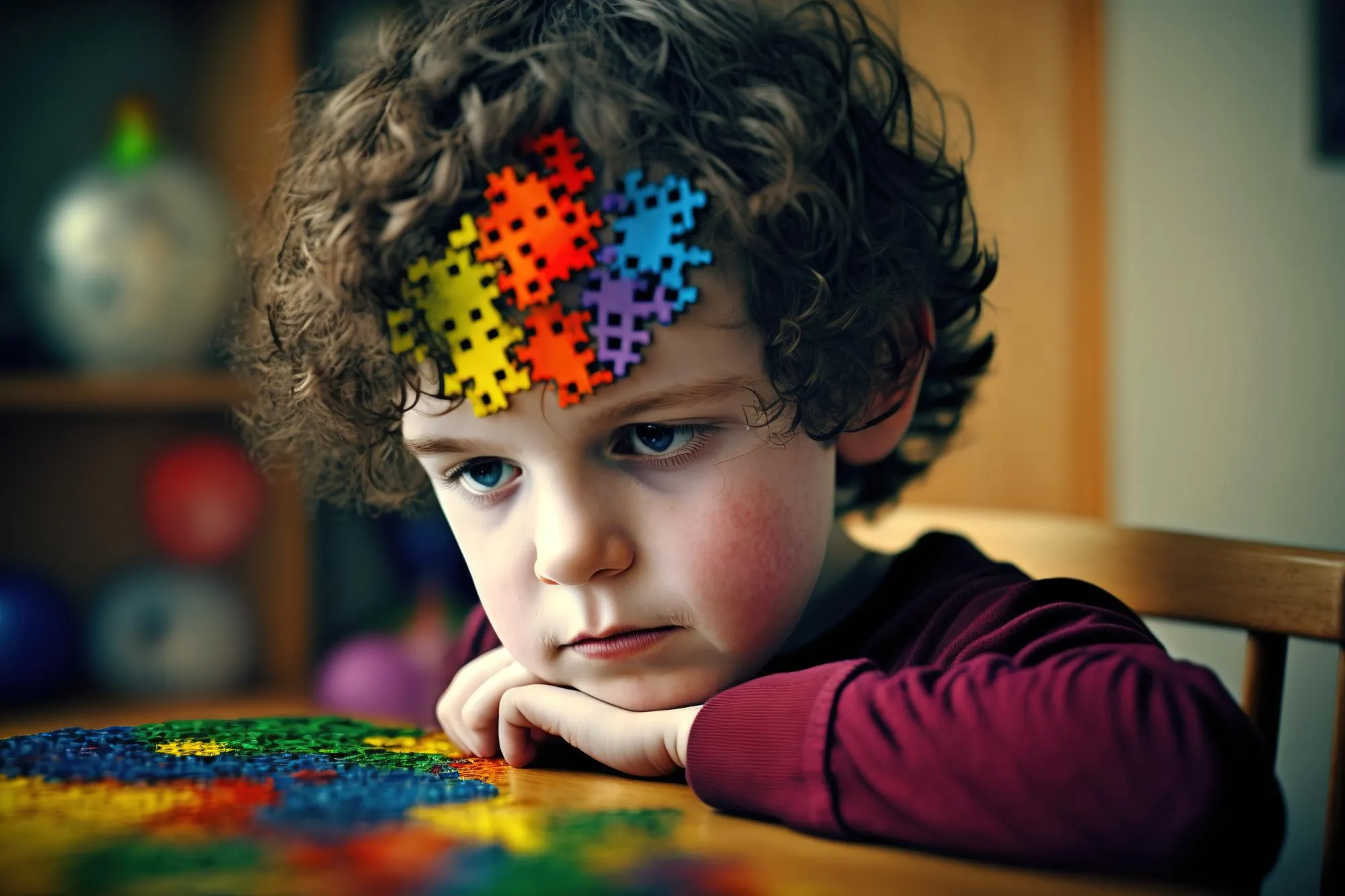Introduction
Autism Spectrum Disorder (ASD) continues to be a challenging neurodevelopmental condition, affecting millions of individuals and their families worldwide. Characteristics of ASD typically include difficulties in social interaction, communication, and repetitive behaviors. Given the complex nature of ASD, there is an ongoing need for research into treatment options that improve the quality of life for those diagnosed with the disorder. A promising study, conducted by a team led by researchers Min-Jee Kim, Kyung Ho Han, Mi-Sun Yum, and Peter C. W. Lee, delved into the genetic roots of ASD and explored non-pharmacological therapeutic interventions. Published on June 17, 2020, in the journal Biochemical and Biophysical Research Communications, with the DOI: 10.1016/j.bbrc.2019.04.167, this research offers new insight into how environmental stimulation, specifically paired housing, can influence ASD-related behaviors in a mouse model deficient in the enzyme Uba6.
The Study
The team focused on Uba6, an alternative ubiquitin activation enzyme significant to early vertebrate development. Ubiquitin is a small protein that plays a critical role in regulating protein degradation, cell cycle, and DNA repair. Mutations or disruptions within the ubiquitin system have been linked to various neurodegenerative and developmental disorders, including ASD. The researchers previously established that a neuronal knockout (NKO) mouse model, lacking the Uba6 gene in the brain, exhibited decreased social behavior and communication, thereby serving as a novel ASD model.
To assess the therapeutic impact of environmental enrichment on ASD, the study examined the behavioral and molecular changes in NKO mice after exposure to environmental enrichment and paired housing at varied developmental stages. It was observed that early paired housing significantly diminished ASD phenotypes, such as impaired nest building, social interaction deficits, and anxiety behaviors in these mice.
Results and Interpretation
The researchers found that the early-stage introduction of paired housing helped NKO mice improve their social interactions and nest-building activities, indicating an enhancement of social skills and a reduction of anxiety. This was corroborated by observing increased histone acetylation in the amygdala—a brain region implicated in emotion regulation and social behavior—of the NKO mice, without changes in the levels of Ube3a, another protein related to ubiquitination. Histone acetylation is a known marker for gene expression and has been associated with learning and memory processes.
The findings implied that environmental interventions such as paired housing initiated at an early developmental stage could have a profound impact on mitigating the behavioral deficits associated with ASD. The results suggest that such interventions may promote neurobiological changes that underlie improved behaviors, though the mechanism through which early paired housing affects histone acetylation remains to be elucidated.
Implications for ASD Research and Clinical Practice
This study offers hope for ASD treatment strategies beyond conventional pharmacotherapy, suggesting that targeted environmental interventions can potentially improve symptoms related to autism. By demonstrating that early-stage paired housing can ameliorate ASD behaviors in a controlled mouse model, the study underlines the significance of early intervention and the plasticity of the developing brain in response to environmental stimuli.
Limitations and Future Directions
While the findings are encouraging, the translatability of these results from mice to humans with ASD requires further research. Understanding the precise molecular mechanisms by which environmental factors like paired housing affect neurobiological processes in ASD will be crucial. Future studies should aim to identify the causal relationships between histone modifications, gene expression changes, and behavioral outcomes.
Conclusion
The innovative research conducted by Kim, Han, Yum, and Lee provides valuable evidence that non-pharmacological interventions, such as early paired housing for individuals with ASD, may contribute to improved social behaviors. The discovery that environmental enrichment can potentially counteract deficits typical of ASD introduces alternative therapy prospects that could supplement existing treatments and favorably alter the developmental trajectory of those diagnosed with ASD.
References
1. Kim, M.-J., Han, K. H., Yum, M.-S., & Lee, P. C. W. (2019). Early-stage paired housing improves social interaction in neuronal Uba6-deficient mice. Biochemical and Biophysical Research Communications, 514(2), 545–549. https://doi.org/10.1016/j.bbrc.2019.04.167
2. Won, H., & Mah, W. (2016). The Genetics of Autism Spectrum Disorders. Korean Journal of Pediatrics, 59(9), 349–354. https://doi.org/10.3345/kjp.2016.59.9.349
3. Zoghbi, H. Y., & Bear, M. F. (2021). Synaptic dysfunction in neurodevelopmental disorders associated with autism and intellectual disabilities. Cold Spring Harbor Perspectives in Biology, 4(3), a009886. https://doi.org/10.1101/cshperspect.a009886
4. Kas, M. J., Glennon, J. C., Buitelaar, J., Ey, E., Biemans, B., Crawley, J., Ring, R. H., … Olivier, B. (2014). Assessing behavioural and cognitive domains of autism spectrum disorders in rodents: current status and future perspectives. Psychopharmacology, 231(6), 1125–1146. https://doi.org/10.1007/s00213-013-3268-5
5. Kim, E., & Pelphrey, K. A. (2015). Social Brain Development and the Affective Consequences of Oxytocin in Humans and Rodents. Neuroscience and Behavioral Reviews, 55, 403–411. https://doi.org/10.1016/j.neubiorev.2015.05.013
Keywords
1. Autism Spectrum Disorder Treatment
2. UBA6 Deficiency and Behavior
3. Early Paired Housing in ASD
4. Social Interaction Improvement ASD
5. Environmental Enrichment ASD Therapy
This article has combined cutting-edge research and its implications for clinical practices to provide a thorough analysis in the field of autism research. With a focus on non-pharmacological interventions, the article highlighted how early paired housing might be considered in clinical settings for people with ASD, underlining the importance of individualized therapy approaches. The combination of solid research evidenced in academic references and a focus on practical applications can appeal to both the scientific community and the public seeking information on autism and potential interventions.
